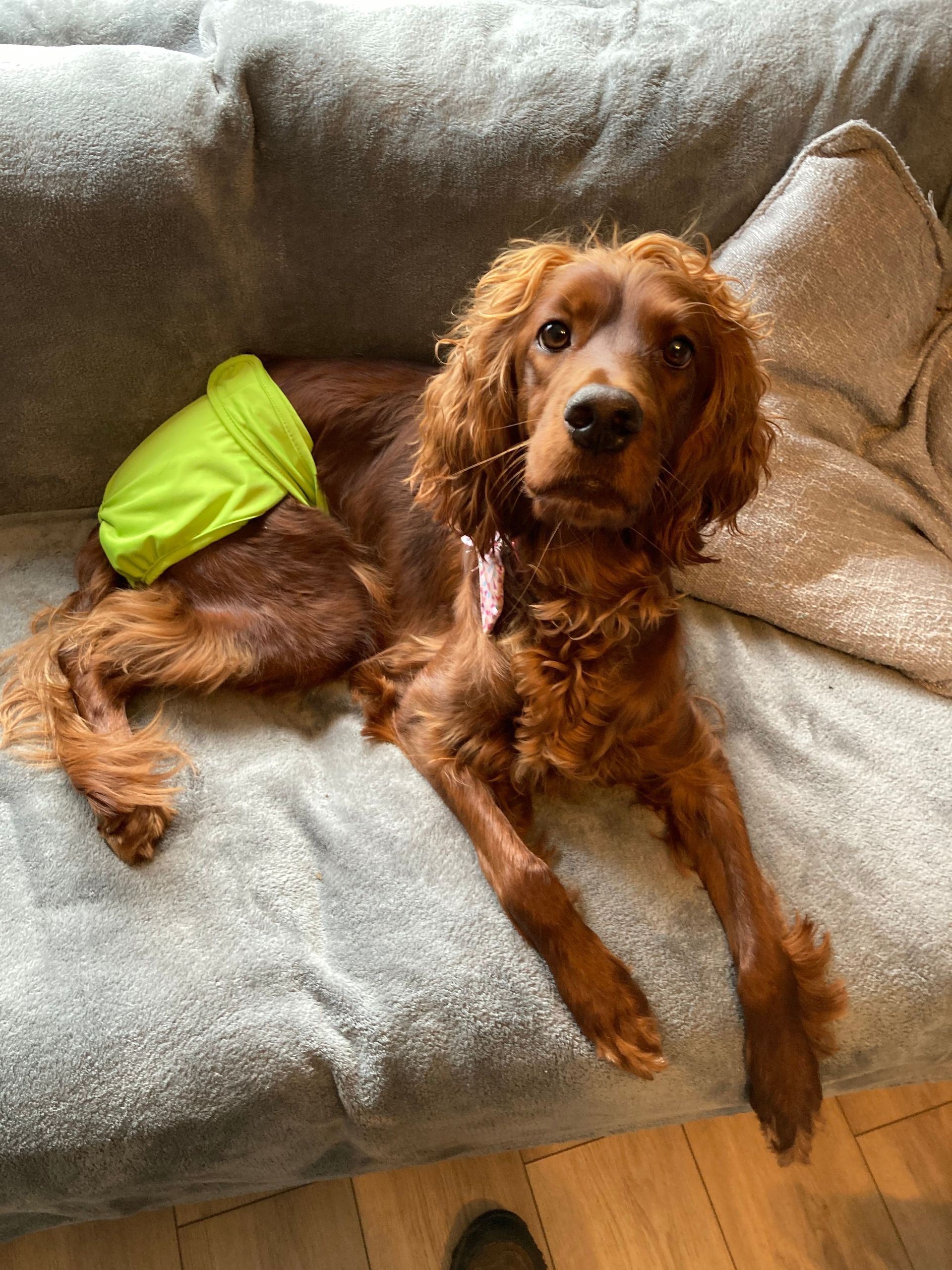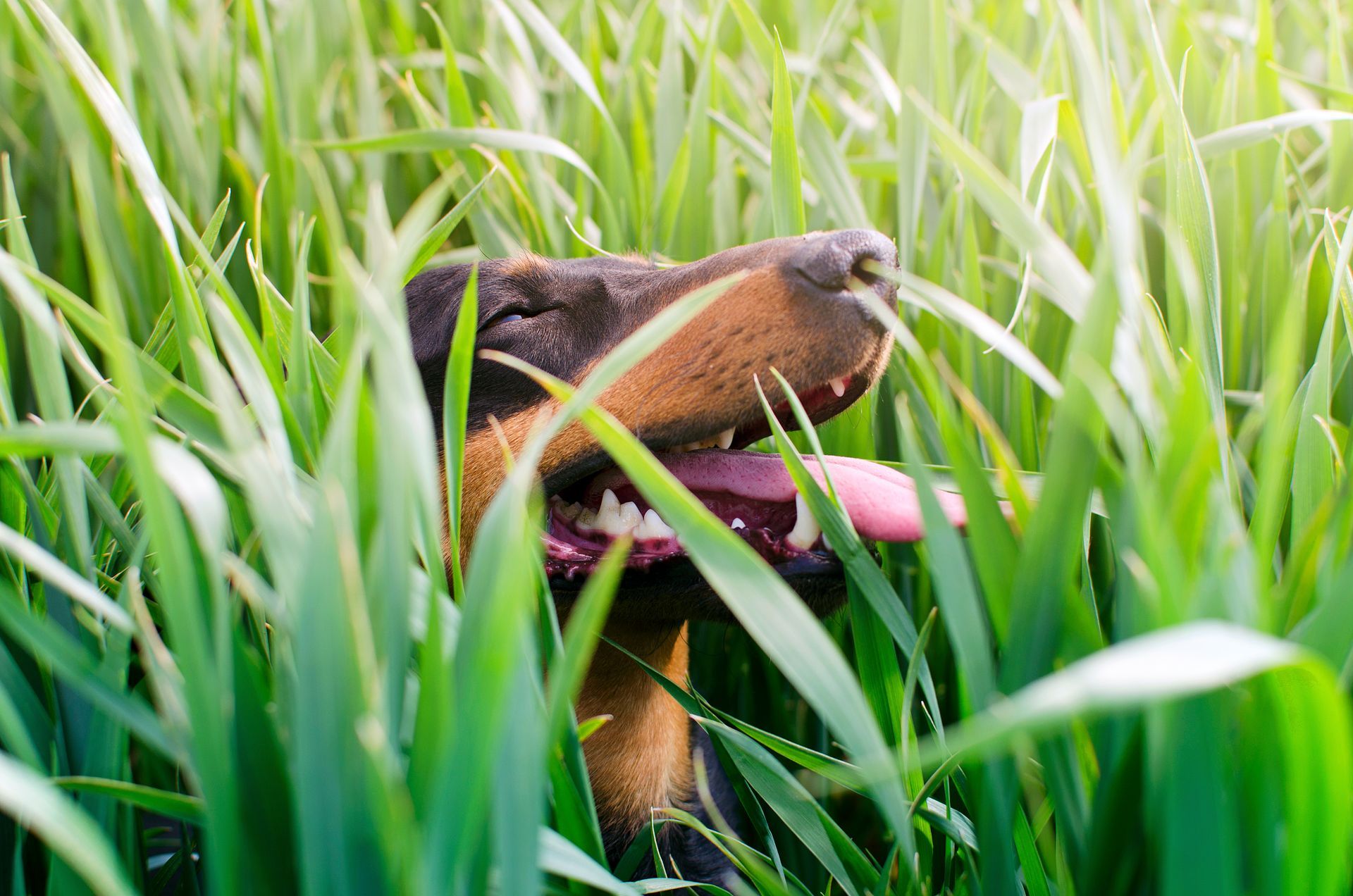All Things Dog

Sadly, we are reaching that time of year again when fireworks are set off over a period of weeks and months whether it be for Diwali. Guy Fawkes, New Year’s Eve, or general celebrations, this time of year can be tough for our four-legged friends, so here are things you can do to help them. (I highly recommend following these steps even if you feel that your dog is quite comfortable around loud noises, they may still appreciate an environment that feels safe and secure to hide out in and remember noise sensitivity can affect any dog at any age). Create a den If you already have a crate, you can pop a cosy blanket inside and put a cover or a blanket over the top to block out some noise and light from the fireworks (I recommend using a purpose-made crate cover with puppies or particularly anxious dogs as this will prevent any risk of them pulling loose material through the bars). It is very important that you always keep your crate door open during fireworks as you want this to be a safe space for your dog to go to when they are feeling afraid. If your dog feels trapped in its crate, then this could not only amplify its fear of the fireworks and loud noises in general, but it could also create a negative association with its den. If you do not have a crate then pop your dog’s bed in a cosy spot, under a table or in a corner. Let your dog spend time in their crate/bed early in the evening with a tasty chew or likiMat before the fireworks start. This will provide your dog with mental enrichment, lower the cortisol levels in their brain, which is a product of stress build-up throughout the day and increase oxytocin levels, helping them to be calm and relaxed. If your dog is already stressed when the fireworks begin, then they are more likely to have a significant impact on them, so take these steps to limit the impact on your dog. Exercise Take your dog out for their daily walks in the morning and early evening before it gets dark and therefore before fireworks are likely to go off. If you are unable to get out before dark then slightly increase the length of your morning walk and provide mental enrichment activities and training exercises in the evening to fulfil your dog’s needs, rather than risking a walk that could subsequently have a negative impact on your dog’s mental health long-term. It is also extremely important to ensure your garden is secure and to always walk your dog on a lead when there is a risk of fireworks to prevent them from fleeing due to fear. Additional tips: • Close your curtains. • Turn up the TV to muffle the noise of the fireworks. • Play classical music or reggae – These are their favourites :) • Invest in a thunder shirt or use a scarf to apply calming pressure around your dog’s torso and provide calming comfort just like swaddling a baby. q6hda-dog-scarf-anxiety-1.jpg (600×588) (sunnyskyz.com) Preventative Measures If you have a new puppy that has never experienced fireworks before, then definitely act on all the above now and begin to desensitise your puppy to fireworks noises in preparation for the next few weeks by checking out this fantastic app: Sound Proof Puppy Training – Apps on Google Play NOTE: You may have an adolescent dog that seemed to breeze through its first encounter with fireworks as a young pup but do not take this for granted or feel assured that this is guaranteed to happen again. Your pup will have another fear period between 6 – 14 months of age and during these weeks they could be impacted negatively by stimuli in their environment that they might perceive to be more threatening than they would have before this fear period. So please follow my advice and help support your pups and dogs through these unsettling times. Comfort Finally, DO NOT be afraid to comfort your puppy or dog when they are scared. It is not possible to reinforce fear!!! Imagine you’re at a theme park with your child and you go on the ghost ride together, you will not increase your child’s fear if you hug them during the ride, therefore you will not increase your dog’s fear if you stroke or cuddle them during fireworks. In fact, stroking your dog will help to lower their heart rate and calm them down through the release of oxytocin. If they choose to go to their cosy den by themselves then that is ok too. Interesting fact: Stroking your dog has the same benefits for you, increasing your oxytocin levels and lowering stress. It is mutually beneficial and builds attachments in the same way that humans do with babies.

My poor Irish Setter Maggie is in heat as I write this blog and it occurred to me that some of you may be wondering how to care for your dog when the time comes. A heat cycle usually occurs once or twice a year depending on the size of your dog and it will last for around 16-18 days. During this time your dog will be fertile and she can become pregnant and she may experience some physical and emotional changes that require your extra care, love and support. Some of the signs that your dog is in heat A swollen and red vulva. Bleeding or discharge from the vulva. Licking her vulva more than usual to keep the area clean. Weeing more than usual. Changes in appetite. Behaviour changes such as being more friendly, anxious, restless, or clingy. She may also become generally more reactive and intolerant. Attracting male dogs who can smell her pheromones. Tips on how to help your dog during a heat cycle Provide emotional support and attention. Your dog may need more cuddles and reassurance during this time. You can also give her toys and treats to provide her with mental and physical outlets to keep her happy. Keep her on a lead when you take her outside. This will prevent her from running away or getting into trouble with other dogs. You can also change up her walks to avoid busy times and areas where there may be more dogs. Ensure your garden is secure to prevent her from escaping. Ensure you still fulfil your dog's usual exercise requirements. You can still play with her, take her for a lovely walk and do some training exercises to keep her mentally stimulated. Make your home a calm place to rest. Your dog may also need more sleep and relaxation during this time. You can set up a nice, comfortable environment for her with clean blankets, pillows, and toys. You can also use calming music to help her relax. Your dog will bleed or have discharge from her vulva during this time. You can use doggy nappies or pants to avoid stains on your furniture or carpets. You can also put clean towels or blankets on her bedding and favourite spots to absorb her discharge. Make sure to change them frequently and wash them well with a pet-safe washing detergent. Keep an eye on her appetite. Your dog may have changes in appetite during this time. She may eat more or less than usual. Make sure she has plenty of fresh water available at all times since she may become dehydrated and feed her high-quality food that meets her nutritional needs. Having a female dog in heat can be challenging, but with proper care and support, you can make it easier for both of you. Remember that this is a natural process that your dog goes through and that she needs your love and patience during this time. If you need any help with introducing nappies to your dog in preparation for her first heat cycle, please get in touch. If you have any questions or concerns about your dog's health or behaviour during her heat cycle, don't hesitate to contact your vet for advice. I hope this post was helpful for you 🐾

